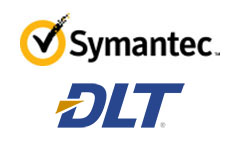The Trump administration is doubling down on protecting our nation’s most critical assets by enhancing the government’s cyber posture. In May 2017, the President issued an executive order titled “Strengthening the Cybersecurity of Federal Networks and Critical Infrastructure.” Additionally, the fiscal 2019 budget highlights integrating cybersecurity into every aspect of IT modernization and making it a priority at all federal agencies.
To meet these mandates and obligations, agencies are turning to the National Institute of Standards and Technology’s Cybersecurity Framework. NIST developed the CSF in collaboration with industry and government to set standards, guidelines and best practices to promote the protection of critical infrastructure and improve government security. It is now a mandate that agencies must meet under the current administration.
We’ve previously talked about adopting the CSF and identifying your most valuable assets and data. Now it’s time to discuss the next phase, Protect, which ensures that data at rest and in transit is secure. To learn more about the CSF’s usage, perception and outcomes in government, particularly its Protect function, GovLoop teamed with cybersecurity firms Symantec and DLT to survey 79 federal employees.
In this research brief, we also discuss common challenges to protecting your agency’s most critical assets, how you can improve data loss prevention and how to procure new solutions that align to your cyber strategy and the CSF.







